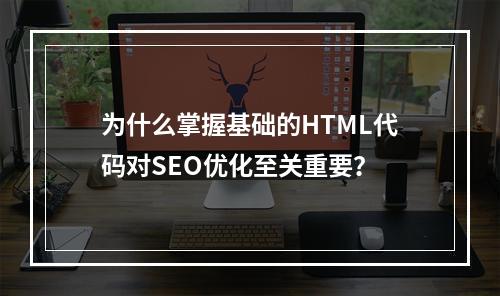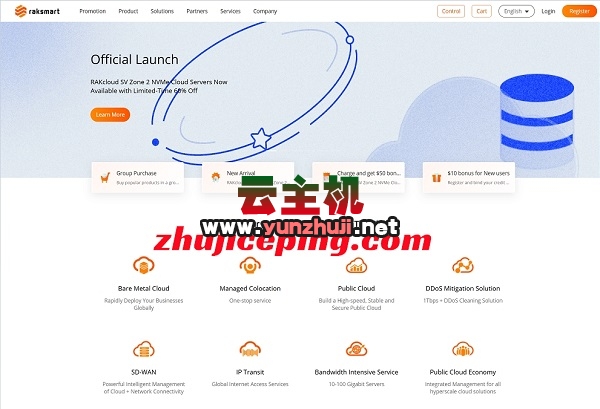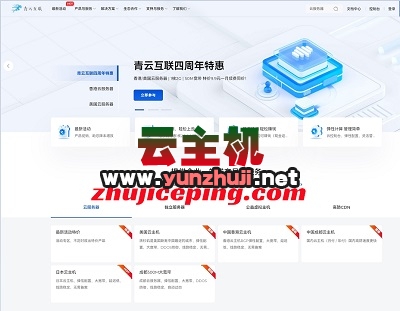jQuery 放大镜效果通常用于网页中,允许用户在悬停时查看图像的详细部分,要实现这一功能,你将需要HTML、CSS和jQuery的组合,下面是详细的步骤来创建一个基本的放大镜效果:
(图片来源网络,侵删)第一步:创建HTML结构
我们需要创建包含大图和缩略图的基本HTML结构,缩略图是用户将会看到的正常大小的图片,而大图则是隐藏的,当用户悬停在缩略图上时,会显示大图的细节部分。
<div class="magnifiercontainer">
<img src="largeimage.jpg" alt="Large Image" class="largeimage" />
<div class="magnifierlens">
<img src="thumbnail.jpg" alt="Thumbnail" class="thumbnail" />
</div>
</div>
第二步:编写CSS样式
接下来,我们为放大镜效果设置必要的CSS样式,这包括隐藏大图,并确保它位于缩略图下方。
.magnifiercontainer {
position: relative;
}
.largeimage {
display: none; /* 默认隐藏大图 */
position: absolute;
top: 0;
left: 0;
width: 100%;
height: auto;
}
.magnifierlens {
position: relative;
overflow: hidden;
cursor: crosshair;
}
.thumbnail {
display: block;
}
第三步:引入jQuery库和编写脚本
现在,我们需要引入jQuery库,并编写脚本来处理放大镜效果,我们将使用mousemove事件跟踪鼠标的位置,并根据这个位置调整大图的背景位置。
<script src="https://code.jquery.com/jquery3.6.0.min.js"></script>
<script>
$(document).ready(function() {
var largeImage, lens, largeImageContainer;
var imgX, imgY, lensX, lensY;
var ratio;
largeImage = $(".largeimage");
lens = $(".magnifierlens");
largeImageContainer = lens.parent();
lens.on("mousemove", function(e) {
lensX = e.pageX $(this).offset().left;
lensY = e.pageY $(this).offset().top;
imgX = (lensX / largeImageContainer.width()) * largeImage.width();
imgY = (lensY / largeImageContainer.height()) * largeImage.height();
imgX = imgX ($(this).width() / 2);
imgY = imgY ($(this).height() / 2);
if(imgX < 0) {
imgX = 0;
}
if(imgY < 0) {
imgY = 0;
}
if(imgX > largeImage.width() $(this).width()) {
imgX = largeImage.width() $(this).width();
}
if(imgY > largeImage.height() $(this).height()) {
imgY = largeImage.height() $(this).height();
}
ratio = $(this).width() / largeImage.width();
largeImage.css({
backgroundPosition: "" + imgX + "px " + imgY + "px"
});
});
});
</script>
第四步:添加一些额外的样式和优化
为了提高用户体验,我们可以添加一些额外的样式和优化措施,比如在放大镜下的图片周围添加边框,或者限制放大镜只能在图片范围内移动。
.magnifierlens {
/* ...之前的样式... */
padding: 10px; /* 增加内边距以给放大镜边缘留出空间 */
border: 1px solid #ccc; /* 添加边框 */
}
通过以上步骤,你应该可以创建一个基本的jQuery放大镜效果,当然,你可以进一步自定义样式和行为,以满足你的具体需求,记得测试在不同浏览器和设备上的效果,以确保兼容性。

 云主机测评网
云主机测评网


















最新评论
本站CDN与莫名CDN同款、亚太CDN、速度还不错,值得推荐。
感谢推荐我们公司产品、有什么活动会第一时间公布!
我在用这类站群服务器、还可以. 用很多年了。